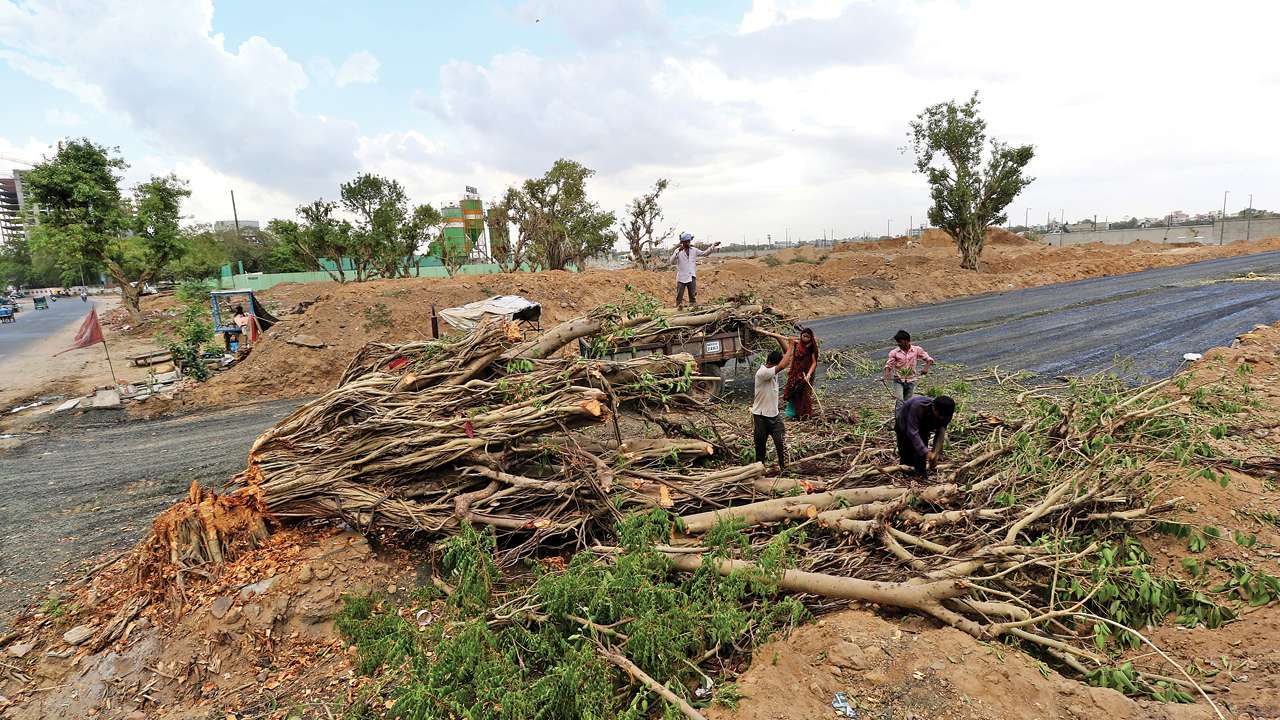
2017 has come to a close. For those working on environmental issues and seeking justice for the people who bear the costs of pernicious development, this year ends on a somber realization. Despite the immense visible anger and frustration among urban and rural citizens, the young and the old, on the state of the environment, of livelihoods such as farming and fisheries, and of public health, there is still a vacancy in political leadership on these issues in India.
Under the leadership of PM Modi, governments pushed down the bar on environmental performance and standards this year. At both Centre and state levels, there have been numerous reversals and roll backs in environmental legislation that were painstakingly put together in earlier years. The Central environment ministry’s approach to facilitating industrial and infrastructure development has been to reduce their “burden” of seeking environment approvals and to simply erase the history of non-compliance of these projects. In March, the ministry offered a one-time amnesty scheme to units operating without environmental clearances. Today, there are 2357 applications with the Central Ministry that were rejected approvals by state institutions or that have nearly completed construction with no approvals.
December was the deadline for thermal power plants (TPPs) to comply with new air emission standards. But the ministry pleaded for a five-year extension in court. The ministry proposes to increase present limits on freshwater usage by TPPs despite the country’s water scarcity. As pointed by Manthan Adhyayan Kendra, this goes against the Central Electricity Authority (CEA)’s 2012 recommendations for minimizing the usage of scarce water.
The UPA government had passed the Forest Rights Act (2006) and the Land Acquisition and R&R law (2013). But today the rights of landowners and forest dwellers are under threat. Legal “reforms” have made it possible for states to hold on to acquired and unused lands in the form of land banks rather than return them to the original owners. Similarly, state forest departments are allocating the forest areas granted to rural and tribal residents under Community Forest Rights (CFRs) for their community needs towards compensatory afforestation.
An amendment to the GST’s schedule in April diverted the use of INR 56,700 crore generated as cess by coal production to compensate state governments for loss of revenue. This cess designed by the UPA in 2010, became National Clean Energy and Environment Fund set up to address climate change and environmental impacts. An article on web news portal (July 2017) quoted a finance ministry official’s view that this is “dead wood” and therefore could be diverted.
One forum that changed the face of environmentalism in India is the National Green Tribunal (NGT). Set up in 2010 as a body that allows aggrieved parties to approach six benches of judicial and technical members, the NGT has been a major challenger to the government on environment policy, implementation and project decision-making. The NGT’s website lists 23,720 cases of which it has disposed 20,696 attracting the label of “the most effective environmental court in the world.” In July, Ritwick Dutta, an environmental lawyer brought attention to how the new appointment rules for Tribunals under the Finance Act, 2017 will disable the NGT by allowing the Environment Ministry to appoint chairpersons and impact the independence and impartiality of the Tribunal.
The NGT’s only Chairman who has served a full term retired this month. Regarded as the powerhouse of the NGT, Justice Swatanter Kumar is known for several provocative and controversial judgements like the Art of Living event on the Yamuna floodplains, on diesel vehicles and the Delhi government’s odd-even vehicle formula, Also, the Tribunal is down to a third of the total required members and early 2018 two more benches will be without judicial heads. It remains to be seen what the future of the NGT will be.
While governments messed up institutions for environmental protection and public wellbeing, it is social movements and civil society across the country that kept these issues alive in public. The air pollution debate is the best example of this. Year on year, governments have systematically denied the problem. This year, despite Minister Harsh Vardhan’s statements that embarrassed his medical community, the denial phase seems behind us. There is finally an acknowledgement that the centre and states need to work together to rid us of the toxic air not only in Delhi but also in the entire country including the PM’s famed constituency, Varanasi. As the movement for environmental justice comes of age in India, citizens will continue to play the role of the productive opposition to “status quo” politics. But who will fill the vacancy of political leadership on the environment? Will we know by 2019 ?
The authors are with the CPR-Namati Environmental Justice Program.